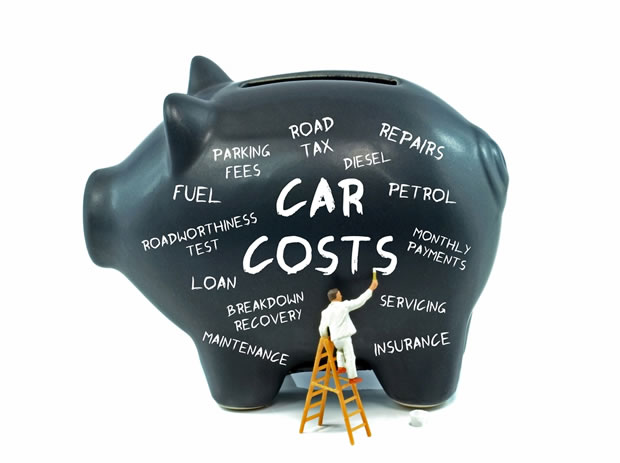With this in mind, it is helpful to know how to calculate your car’s fuel efficiency and what driving improvements and behaviour you should consider adopting to mitigate fuel wastage and high costs.

According to the Automobile Association (AA), an estimated 8% more fuel is used, on a return intercity trip when air conditioning is used for most of the journey. In hot summer months, this can most definitely affect your fuel consumption negatively, especially when you’re sitting in peak-time traffic.”
The AA also added that the following factors could affect your car’s fuel consumption:
- Irregular servicing
- Under-inflated tyres
- Air conditioning
- Traffic density
- Air temperature
- Humidity
- The way you drive your car
To make sure the numbers are as accurate as possible when calculating fuel consumption, the AA outlined the following steps:
- Fill up your car until the self-trigger mechanism clicks (work from a full tank).
- Zero your trip meter.
- Drive your car like you normally would – to work and back, on highways or arterial roads, etc.
- Drive for approximately 400 km.
- Full up your tank again.
- Write down your distance travelled, and litres of fuel used.
- Divide the distance travelled by the litres used and you will get the km/litre.
- To convert km/litre to litres/100 km – divide 100 by km/litre.
Source: Automobile Association